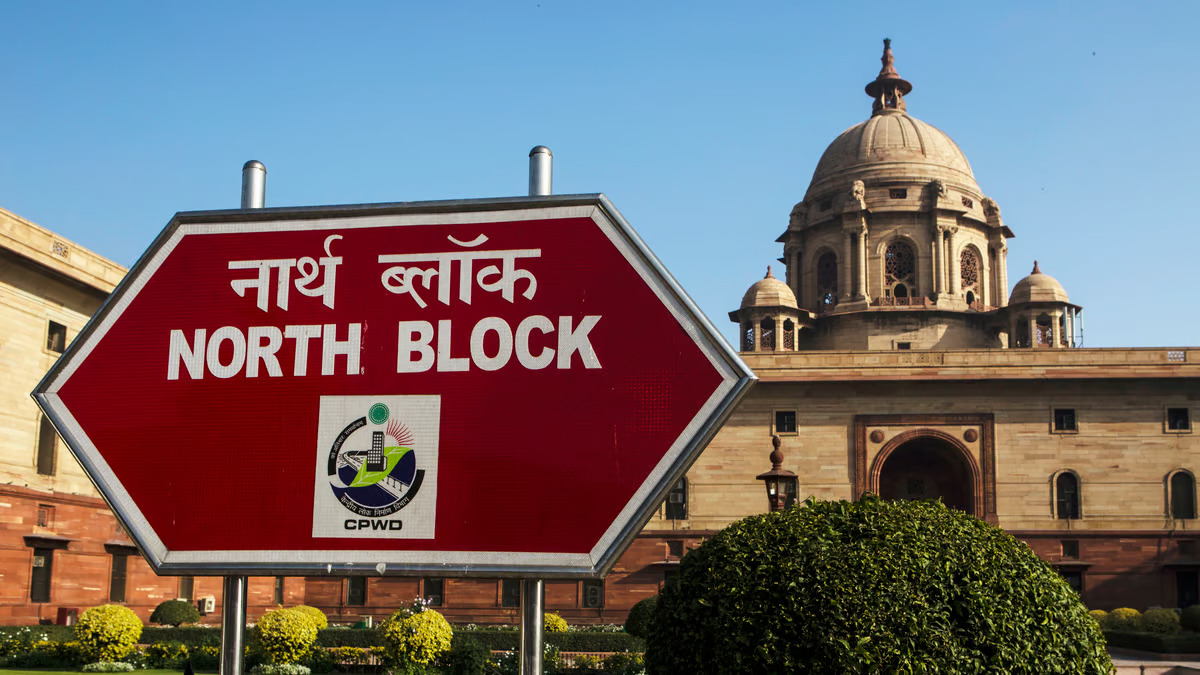As the Secretary-General of the Indian Association of Banking and Financial Institutions (IABFI), I recognize the need for a balanced approach that ensures sustainable economic growth while addressing inflationary pressures. The recent observations regarding the interplay between the Reserve Bank of India’s (RBI) policies and economic dynamics deserve a nuanced analysis.
The Finance Ministry’s assertion that structural factors, along with monetary and macroprudential measures, may have contributed to the demand slowdown, underscores the complexity of policymaking in volatile times. While the RBI’s emphasis on containing inflation is commendable, a persistent focus on inflation control without accommodating growth imperatives can inadvertently stifle economic momentum.
The lowering of the Cash Reserve Ratio (CRR) from 4.5% to 4% is a welcome step. This move will likely provide the much-needed liquidity to boost credit growth, a critical lever for economic expansion. However, credit flow alone cannot resolve the multifaceted challenges of slowing urban consumption and cautious corporate compensation practices. These demand holistic measures that engage all stakeholders, including the banking sector, industry, and government.
The appointment of Sanjay Malhotra as the new RBI Governor marks a significant transition during a critical juncture for India’s economy. With his extensive experience in public finance, Malhotra’s leadership offers an opportunity for the Reserve Bank to recalibrate its approach, balancing inflation management with growth stimulation. His tenure begins at a time when global uncertainties demand nuanced and responsive monetary policy decisions. Stakeholders, including the banking sector, look forward to collaborative efforts under his stewardship to navigate these challenges effectively and foster sustainable economic growth.
The anticipated rate cut in February, under Malhotra’s stewardship, will be a pivotal decision. While rate reductions can stimulate growth, global uncertainties and currency pressures pose significant risks that necessitate careful deliberation. The banking sector remains a critical conduit for policy transmission, and any policy recalibration must ensure that banks can effectively channel benefits to the economy.
Furthermore, the projected GDP growth of 6.5% for FY25 is encouraging, but achieving this target amidst global trade uncertainties, volatile markets, and emerging geopolitical risks requires cohesive action. IABFI emphasizes the importance of fostering financial inclusion, incentivizing innovation, and strengthening the resilience of the banking and financial ecosystem to navigate these challenges.
Sustaining growth requires collaborative efforts from all economic stakeholders. As the banking association, we stand ready to work alongside policymakers, regulators, and industry leaders to create an environment conducive to robust and equitable economic growth.


